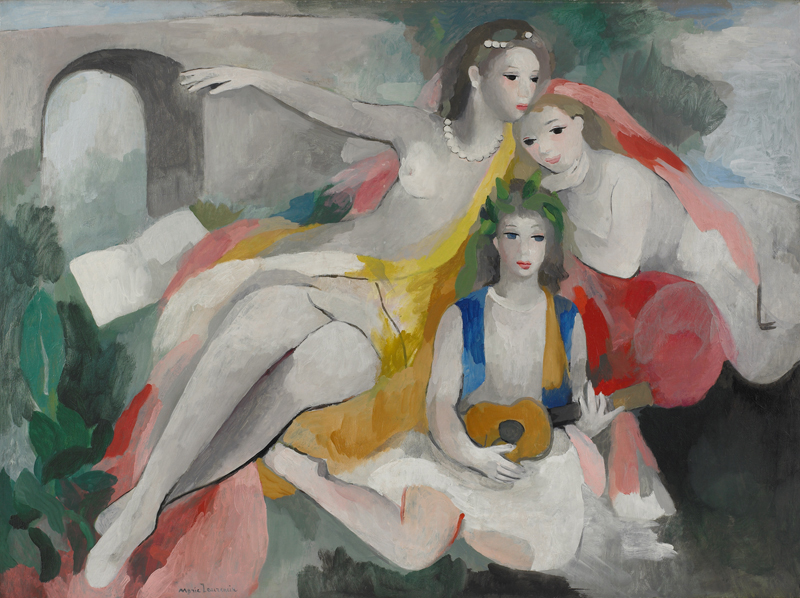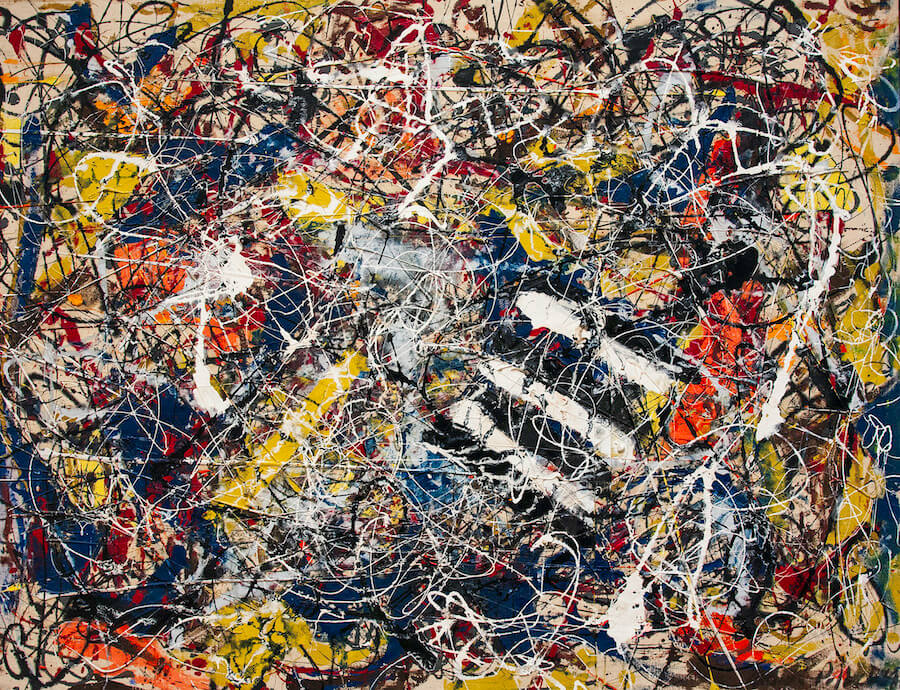So, you might have heard of Marie Laurencin – that chick who hung with Picasso, painted women in soft blues and pinks? Yeah, her. But what you might not know is that she was kind of sneaky rebellious during the whole Cubism craze. While others were painting dead fish and beer glasses, Laurencin was like, “Nah, girls are way prettier.”
A Different Vibe in Her Art
Laurencin wasn’t just about pretty paintings. Her canvases showcased a world ruled by women, where dudes didn’t really fit in. Think 1920s Parisian lesbian circles – that was her vibe. Cindy Kang, the curator at Philly’s Barnes Foundation, spilled the tea on Laurencin’s solo exhibition, running until January 21, titled “Marie Laurencin: Sapphic Paris.” Kang said, “Sure, it’s all pink and flowy, but there’s this dark and mysterious side that’s not just sweet stuff.”
The Genius of Marie Laurencin
What made Laurencin a boss was her ability to paint stuff that pleased her lesbian Paris crew and independent women like Gertrude Stein, Coco Chanel, and Helena Rubinstein. Yet, she kept it subtle enough to lure in male collectors like John Quinn and Dr. Albert Barnes.

Teacups and Beginnings
So, how did this all start? Legend has it that it kicked off with a teacup. Born in Paris, Laurencin was raised by a single mom who asked her to paint a teacup when she was a teen. Turns out, she had some mad drawing skills, so she got serious about art.
By 1904, she was chilling at the Académie Humbert in Paris, making friends with artsy folks like Georges Braque and Francis Picabia. She even dipped her toes into porcelain painting but dropped it like a hot potato in 1904. Then, in 1907, she crossed paths with Picasso and got into the “bande à Picasso.”
Love and Breakups
Love was in the air as Laurencin and Apollinaire got romantically involved from 1907 to 1913. She painted them and their crew in group portraits where she lowkey stole the spotlight. But things got messy – they broke up, World War I happened, and Laurencin felt Cubism was cramping her style. She even said, “Cubism poisoned three years of my life.”
Spain, Goyas, and Evolution
During the war, she ended up in Spain with her German husband, Baron Otto von Wätjen. He partied hard, and she found her mojo. Laurencin isolated herself, embraced thick layers of paint, and stuck to a pink-and-blue palette. Goya’s influence was strong, especially in her portrayal of women.
Sapphic Love in Art
Fast forward to her return to Paris in 1920, fresh from a rocky marriage. Laurencin’s art took a turn, depicting more than just friends. Her “Women with a Dove” showcased her lover, Nicole Groult. And get this – it sold like hotcakes in 1924. Kang spills the secret: Laurencin’s queer identity was subtle, coded, meant to appeal to different audiences. It was like an artistic camouflage with a side of over-the-top femininity. – koin303


